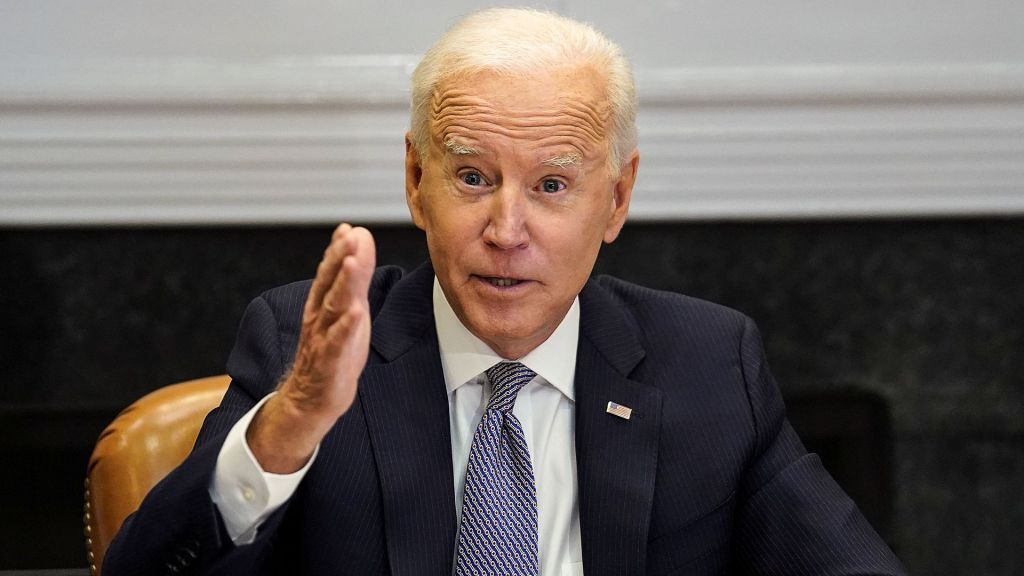
SIMONE DEL ROSARIO: OVER 20 YEARS – CONGRESS HAS RAISED, SUSPENDED AND REINSTATED THE DEBT CEILING 24 TIMES, GOING FROM $6 TRILLION TO $31.4 TRILLION.
AND NOW, SOMETIME BETWEEN JULY AND SEPTEMBER, THE CONGRESSIONAL BUDGET OFFICE PREDICTS THE U-S WILL RUN OUT OF FUNDS.
BUT IT COULD HAPPEN EVEN SOONER.
PHILLIP SWAGEL: For example, if capital gains realizations in 2022 were smaller, or if U.S. income growth slowed by more early this year than we project, the extraordinary measures could be exhausted sooner and the Treasury could run out of funds before July.
SIMONE DEL ROSARIO: CONGRESS WILL NEED TO RAISE OR SUSPEND THE DEBT CEILING TO AVOID AN ECONOMIC CALAMITY THIS YEAR.
BUT WHAT ABOUT DOWN THE ROAD?
THE CBO NOW PROJECTS THE U-S WILL RUN AN ANNUAL DEFICIT OF $2 TRILLION PER YEAR OVER THE NEXT DECADE. THE TOTAL IS $3 TRILLION MORE THAN THEY PROJECTED JUST LAST SPRING.
BY 2033, CBO SAYS THE DEFICIT WILL ACCOUNT FOR 6.9% OF GDP – NEARLY DOUBLE THE AVERAGE FROM THE PAST 50 YEARS.
THE NONPARTISAN CBO SAYS THE GROWING COST OF INTEREST ON DEBT IS ONE OF THE FACTORS THAT OUTPACES REVENUES AND THE ECONOMY.
PHILLIP SWAGEL: Then the second challenge is social security that we have the trust fund now exhausted within the 10-year window so if nothing is done on social security if nothing is done on entitlements every beneficiary will see a reduction of their benefits of more than 20% than what’s promised so doing nothing does not save social security it does the opposite.
SIMONE DEL ROSARIO: YET LEADERS FROM BOTH SIDES OF THE AISLE SAY SOCIAL SECURITY AND MEDICARE SHOULD NOT BE A PART OF CURRENT NEGOTIATIONS.
I’M SIMONE DEL ROSARIO. VISIT STRAIGHT ARROW NEWS DOT COM FOR MORE STRAIGHT FACTS ON THE DEBT CEILING.






